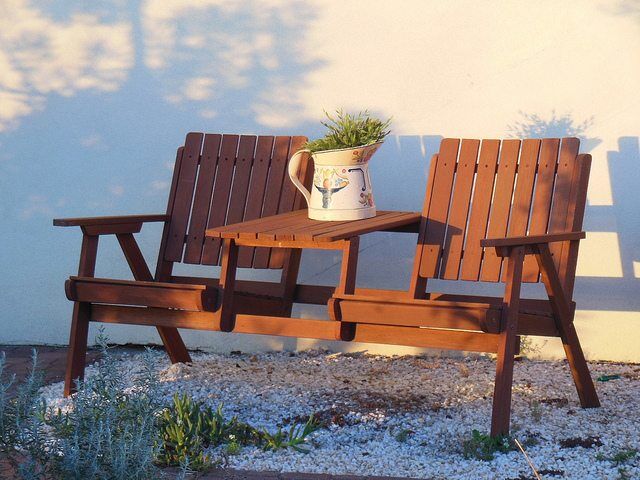Discover The Charming Voyage Of Renovating Ancient Closets, Revealing Concealed Stories And Analyzing The Enigmas Of Past Periods
Discover The Charming Voyage Of Renovating Ancient Closets, Revealing Concealed Stories And Analyzing The Enigmas Of Past Periods
Blog Article
see here now By-Cunningham McMahan
To begin the trip of bring back antique cupboards, you require a keen eye for detail. Imagine uncovering hidden keys within each layer of history ingrained in the wood. Picture the contentment of revitalizing a once-forgotten piece to its previous magnificence. Every action of this precise procedure holds the vital to protecting the past while developing a future treasure. So, are you ready to start this transformative endeavor and unlock the potential of your antique cupboards?
Assessing the Closet's Condition
When starting the reconstruction process, start by evaluating the problem of the antique cabinet. Meticulously check out the general framework for any type of indicators of damages such as splits, chips, or loose joints. Check the wood for any type of rot, bending, or insect invasion that may have occurred gradually. It's crucial to figure out the degree of the restoration needed prior to proceeding better.
Next off, examine the cupboard's equipment such as joints, handles, and locks. Make note of any kind of missing out on items or parts that require repair or replacement. Ensure that all hardware is working properly and safely attached to the cupboard.
In closet cabinet systems , examine the cupboard's coating. Look for any scrapes, discolorations, or discoloration that might influence the visual appeal. Figure out if the surface needs to be removed and reapplied or if a simple touch-up will be sufficient.
Gathering the Essential Tools and Materials
After examining the condition of the antique closet, the next action is to gather the needed devices and products for the reconstruction process. Prior to you begin, guarantee you have the following things handy:
- wood cleaner
- sandpaper in different grits
- wood filler
- paint or wood tarnish
- brushes
- handwear covers
- security goggles
- a dirt mask
- a drop cloth
- a putty blade
- a hammer
- a screwdriver
- a hoover
These devices and products are necessary for a successful reconstruction.
Wood cleaner is vital for getting rid of years of dust and crud buildup, preparing the surface area for fining sand. Sandpaper of various grits assists in raveling blemishes and preparing the timber for a new surface. Wood filler is handy for fixing any cracks, holes, or dents present in the cupboard.
Repaint or wood tarnish, along with brushes, allow you to customize the cabinet to your preference. Remember to put on handwear covers, safety and security goggles, and a dirt mask for protection. Set a drop cloth to secure your workspace, and make use of a vacuum to tidy up any type of particles.
With these tools and materials collected, you prepare to begin the repair process.
Executing the Reconstruction Refine
To efficiently perform the reconstruction procedure on your antique closet, start by thoroughly cleansing the surface area with the wood cleaner. This action is critical as it helps remove years of dust, crud, and old gloss that may have collected on the surface.
Once the cupboard is clean and completely dry, examine the condition of the timber. Try to find any kind of fractures, scrapes, or various other problems that require to be addressed. Usage timber filler to fix any blemishes, seeing to it to match the filler color to the wood tone for a smooth surface.
After the repairs have actually dried, carefully sand the entire surface to create a smooth and even base for the new finish. Be careful not to sand also aggressively, as you do not intend to damage the wood beneath.
As soon as the sanding is total, apply a wood stain or end up of your option, adhering to the manufacturer's directions. Enable the finish to dry entirely before applying a safety leading layer to ensure the long life of your brought back antique cupboard.
Conclusion
Now that you have completed the remediation process, your antique cabinet looks as good as brand-new.
By complying with the step-by-step overview, you were able to analyze, fix, and boost its problem easily.
With a fresh coating and safety leading coat, your cherished piece will continue to beam for years to come.
Appreciate the elegance of your recovered antique closet!
